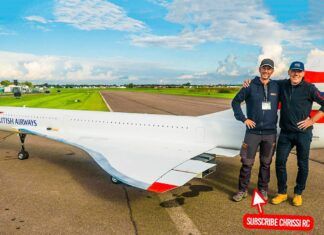 Project leader Ron Small’s study, under the National Space Biomedical Research Institute (NSBRI), is working on a tool that will help pilots overcome spatial disorientation in real time, and so help avert the root cause of 10 percent of general aviation accidents. According to Science Daily, the current project involves the use of specially designed software to monitor the aircraft’s attitude and the pilot’s inputs. Pilots are alerted to flight aberrations by audio and visual cues, but a vest embedded with isolated tactile stimulators to convey attitude information may also be tested.
Project leader Ron Small’s study, under the National Space Biomedical Research Institute (NSBRI), is working on a tool that will help pilots overcome spatial disorientation in real time, and so help avert the root cause of 10 percent of general aviation accidents. According to Science Daily, the current project involves the use of specially designed software to monitor the aircraft’s attitude and the pilot’s inputs. Pilots are alerted to flight aberrations by audio and visual cues, but a vest embedded with isolated tactile stimulators to convey attitude information may also be tested.
A similar vest called the Tactile Situational Awareness System, and intended for the Navy, was tested earlier this decade when it was worn by a pilot who successfully flew test maneuvers with no other reference. Proponents of the current study hope to find its products applied both in aviation and space missions and project team members believe the systems will be especially useful for medevac helicopter pilots flying missions in foul weather at night. Of course, less experienced pilots of fixed-wing aircraft far outnumber astronauts and medevac pilots and as one project consultant (and former astronaut) told Science Daily, “their lives can be saved by having this extra help in the cockpit.”

































